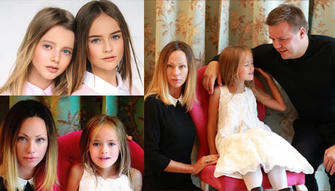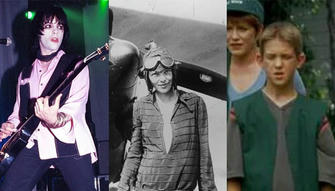Decoding Feline Emotions: The Magic of Understanding Your Cat's Body Language
Advertisement
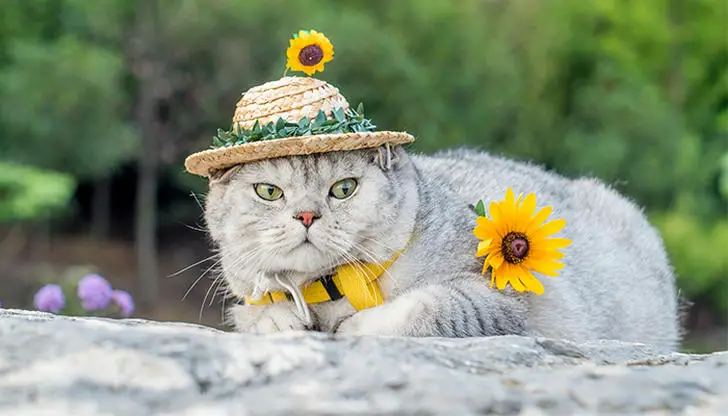
Cats are mysterious creatures that have been a source of fascination for humans for centuries. From their independent nature to their unique body language, there is always something new to learn about these enigmatic creatures. In this essay, we will delve deeper into the various aspects of a cat's body language and how they communicate their moods and needs.
The Tail
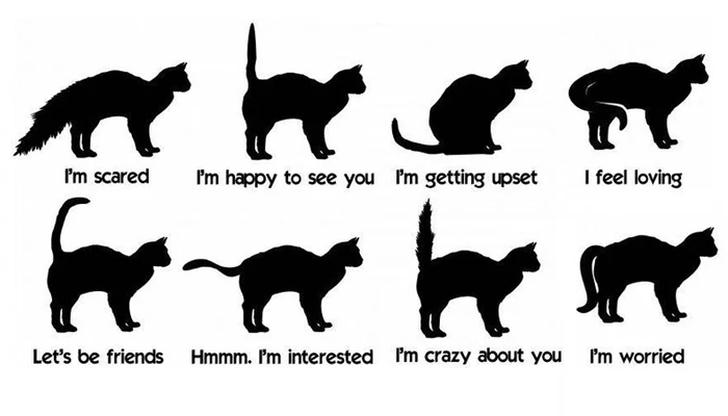
The tail is undoubtedly the most expressive part of a cat's body. Not only does it serve as a balance and communication tool, but it can also indicate a cat's emotional state. A happy and content cat will hold its tail high, with a slight curve at the tip, almost like a question mark. This position indicates that the cat is relaxed, confident, and approachable.
On the other hand, a cat that is agitated, fearful, or angry will puff up its tail and hold it straight up. This position makes the tail look much larger than usual, serving as a warning sign to potential predators or foes. Additionally, a rapidly swishing tail is an indication of agitation, which could be a prelude to an attack. Moreover, a cat's tail can also communicate its interest or disinterest in something. If the tail is wrapped around the person's leg or object, it indicates that the cat is curious and engaged. Conversely, if the tail is tucked between the legs, it is a sign of anxiety, insecurity, or discomfort.
The Ears
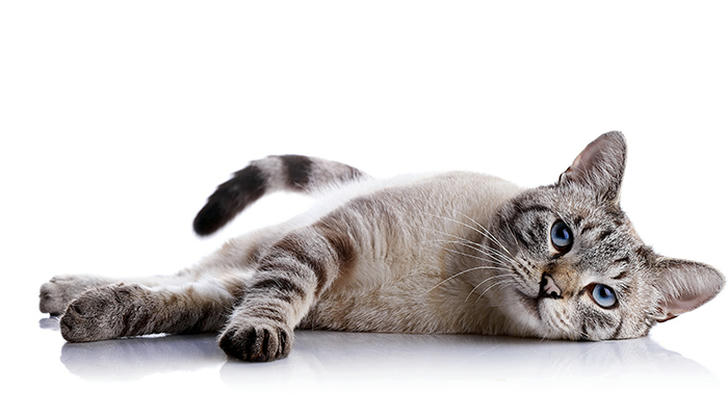
Another critical part of a cat's body language is their ears. Unlike dogs, cats' ears can move independently, making them an excellent tool for communication. A relaxed and happy cat will have its ears upright, pointing forward, or slightly tilted backward. This position indicates that the cat is comfortable and content.
However, if the ears are flattened against the head, it is a sign of fear or aggression. In this position, the cat is trying to protect itself and may lash out if approached. Additionally, if the ears are pointed backward, it may indicate that the cat is feeling annoyed or agitated.
The Eyes
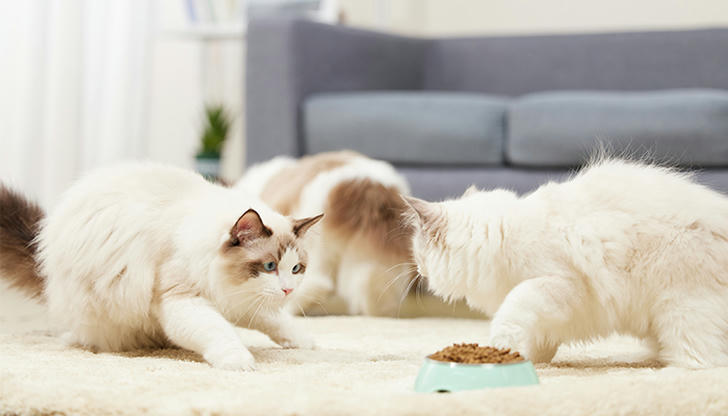
Cats' eyes are one of their most expressive features, and they can reveal a lot about their emotional state. When a cat is content and relaxed, its pupils will be constricted, and its eyes may appear half-closed. In contrast, when a cat is fearful or excited, its pupils will dilate, making its eyes appear larger than usual. This is a sign that the cat is alert and ready to respond to any potential threat.
Moreover, a cat's gaze can also communicate its intentions. If a cat stares intently at an object or prey, it may indicate that it is about to pounce. On the other hand, if a cat avoids eye contact, it may indicate that it is feeling uncomfortable or fearful.
The Body
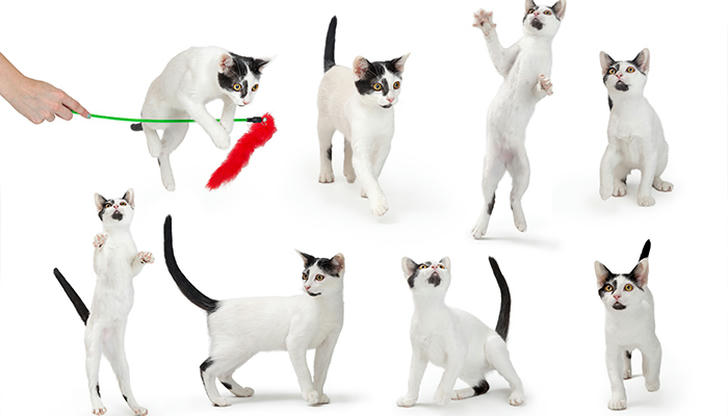
A cat's body posture can reveal a lot about its mood and intentions. When a cat is relaxed and happy, its body will be loose and flexible. It may roll on its back, exposing its belly, indicating that it trusts and feels comfortable with its surroundings. However, if a cat is feeling threatened or aggressive, it will arch its back, raise its fur, and make itself look larger to intimidate potential foes.
Moreover, a cat's body posture can also indicate its interest in something. If a cat is feeling playful or curious, it may adopt a crouching position, ready to pounce or explore. Conversely, if a cat is feeling anxious or defensive, it may hunch its shoulders and lower its body, ready to flee or fight.
Vocalizations
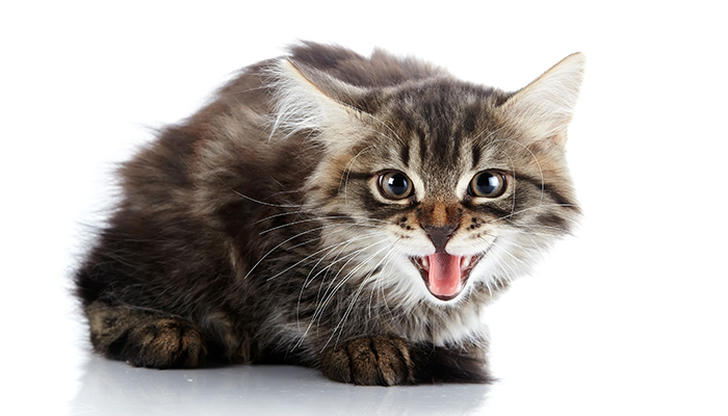
Cats are known for their unique vocalizations, which can range from soft purring to loud yowling. Purring is perhaps the most well-known cat vocalization. When a cat is content, it will often purr, indicating that it's happy and relaxed. However, cats can also purr when they're stressed or in pain, so it's important to pay attention to their body language to understand what their purring means.
Meowing is another common vocalization, and it can have various meanings. A meow can be a simple greeting or a call for attention. Some cats are more talkative than others and will meow frequently, while others are more silent.
Some cats also make chirping or trilling sounds, which can indicate excitement or playfulness. These sounds are often made when a cat is watching birds or other prey animals and can be a sign that they want to hunt. Hissing and growling are signs of aggression or fear and should be taken seriously. If a cat hisses or growls, it's best to give them some space and avoid approaching them until they calm down.
Some cats also make yowling sounds, which can be a sign of distress or pain. If your cat is yowling excessively, it's important to take them to the vet to rule out any medical issues.

In conclusion, understanding a cat's body language is essential to communicating with them effectively. By paying attention to their tail, ears, eyes, body, and vocalizations, we can gain valuable insights into their moods and needs. Whether you're a new cat owner or have had cats for years, taking the time to learn their body language will help strengthen your bond and ensure a happy, healthy relationship.

